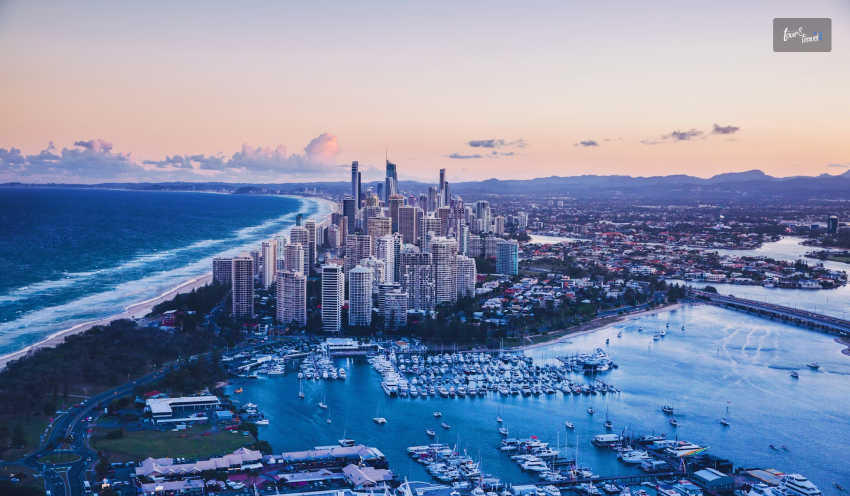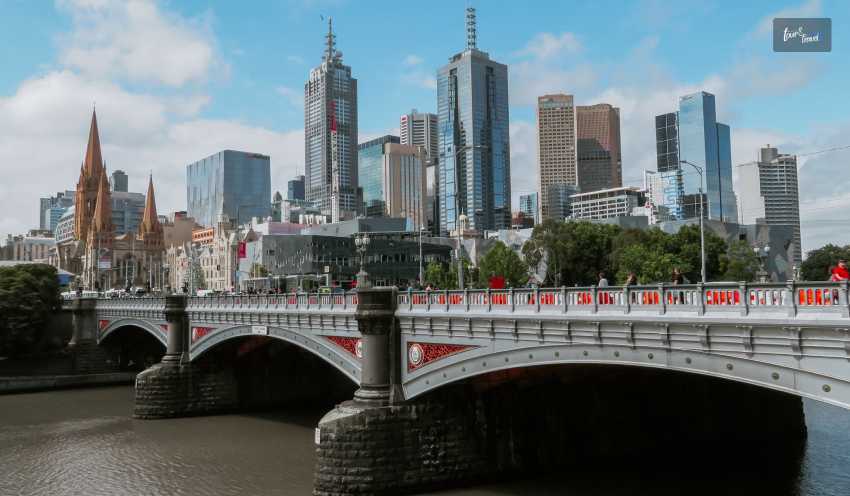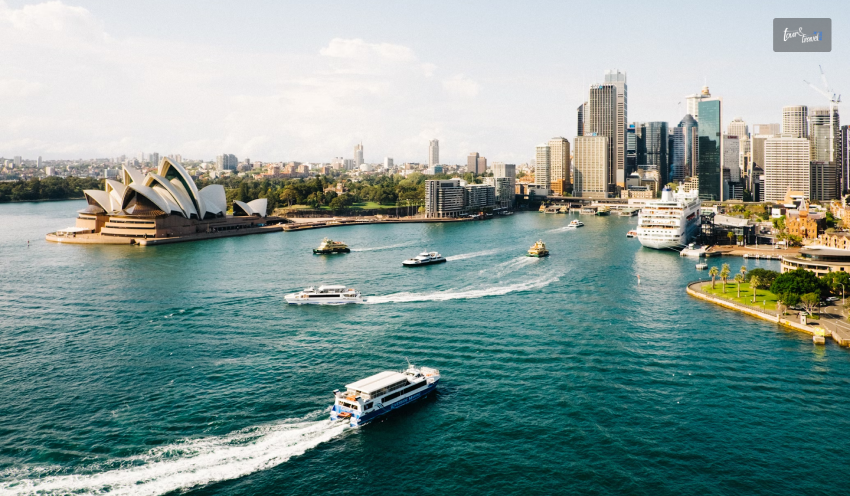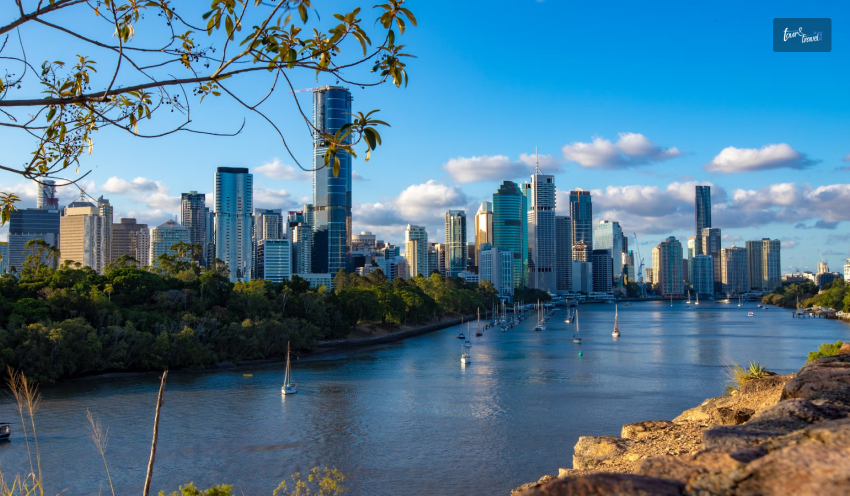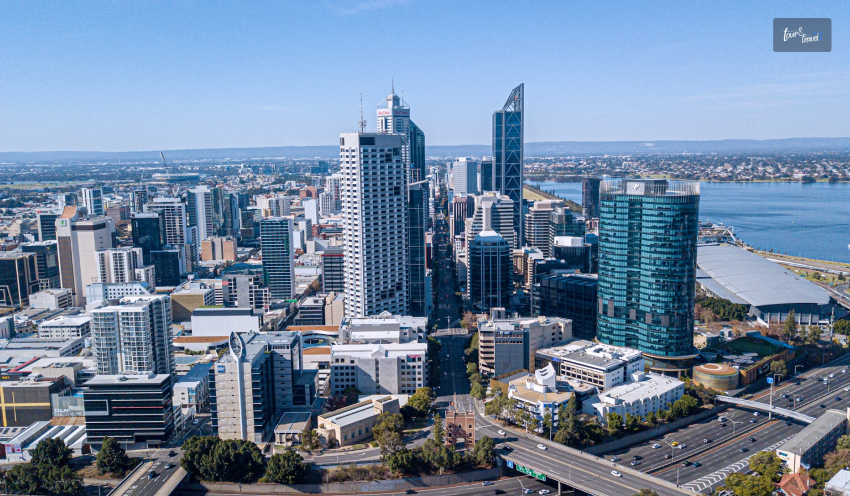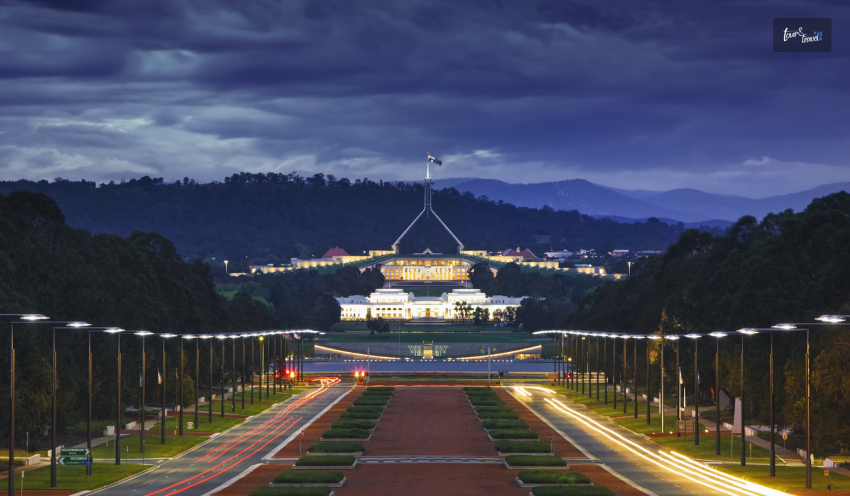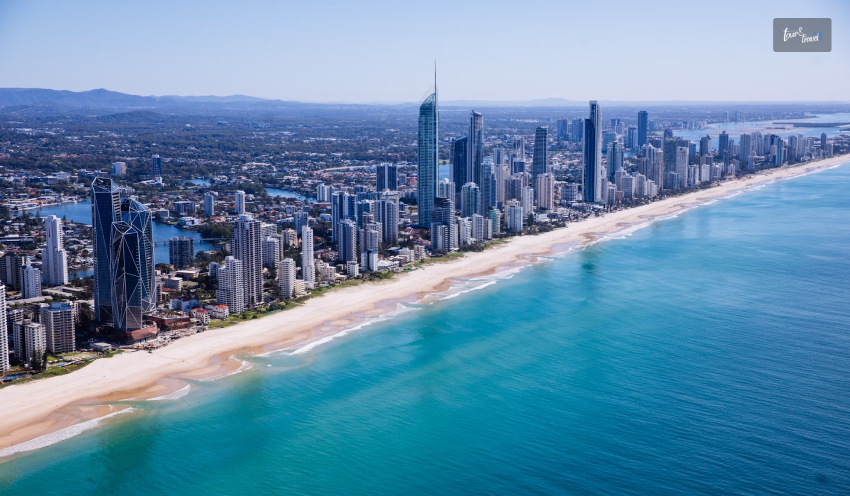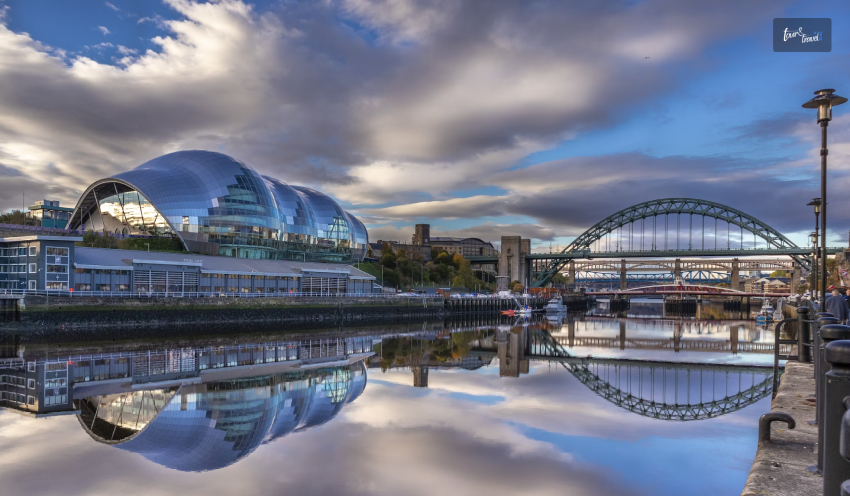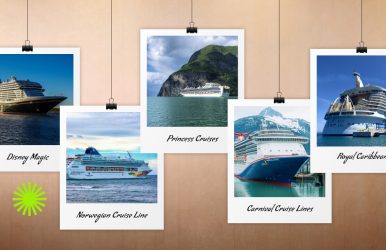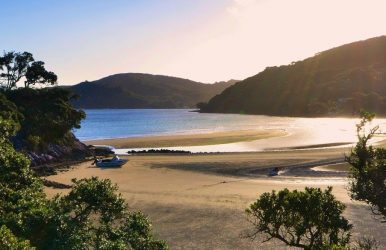Your Complete Guide To Group Travel In Lincoln
BY Sibashree Oct 3, 2025
Lincoln offers a unique blend of the past and the future. Visitors can find high-rise buildings as well as sophisticated old architecture. The city offers everything, including the magnificent cathedral, to the cobbled streets of the historic Bailgate. The city also offers some of the most mesmerizing collections at the Museum of Collections. Moreover, tourists of all kinds equally enjoy visiting the place. Families and solo travellers equally enjoy visiting the place. In addition, the city offers the best parking facilities, the best transportation options, and several other amenities. So, up for a group travel in Lincoln? Understanding Your Group Transport Options Group Travel in Lincoln involves selecting the ideal type of transportation. Moreover, the travel arrangements depend on the number of people traveling with you. Travellers should choose the ideal vehicle for their trip based on their group size and destination. Smaller groups like 8-16 people should go for mini buses. The minibusses navigate well through the narrow streets of the city. The mini buses provide ideal luggage housing while travelling overnight. However, mid-sized groups with 17 to 35 passengers require midi-coach solutions. The large-sized groups, on the other hand, need atleast full-sized coaches. Moreover, the full-sized incorporate amenities and facilities like automatic recliners and others. The midi-sized and the full-sized coaches are ideal for travelling long distances. Professional Driver Benefits The value of professional drivers extends far beyond simply operating the vehicle. Moreover, experienced drivers familiar with Lincoln are aware of which routes avoid congestion. The drivers thoroughly understand which approaches to attractions offer the easiest access. Moreover, the drivers exactly understand where drop-offs cause the least disruption to schedules. This local knowledge proves invaluable when navigating a historic city. Moreover, satellite navigation systems often overlook details. Satellite navigation systems often suggest inappropriate routes through pedestrianized zones or streets that are too narrow for larger vehicles. Popular Lincoln Destinations Perfect For Group Visits Here are some of the places that travellers should consider visiting during their Group Travel in Lincoln. 1. Lincoln Cathedral And Castle The twin jewels of Lincoln's Uphill area, the Cathedral and Castle, welcome thousands of group visitors annually. Thousands of group visitors annually visit the twin jewels of the Lincoln Uphill area. Moreover, the cathedral provides people with a 900-year history. Tourists also visit the adjacent Lincoln Castle, which houses an original Magna Carta. Furthermore, tourists experience walking the medieval walls for panoramic city views Group visits here benefit enormously from coordinated arrival. Moreover, Cathedral and Castle tours operate on a timed-entry system. Thus, having everyone arrive together ensures that no one misses the scheduled start. The Uphill location's limited parking makes minibus hire Lincoln particularly advantageous, as drivers can drop groups directly at entrances before parking in designated coach bays. 2. The Bailgate Quarter This charming historic district immediately surrounding the Cathedral offers independent shops, cafes, and restaurants. Moreover, beautifully preserved medieval and Georgian buildings preserve all the amenities. Hence, Groups often enjoy browsing together here after cathedral visits. Moreover, tourists enjoy walking on the traffic-free streets around the cathedral. 3. Brayford Waterside Lincoln's regenerated waterfront district combines the historic Brayford Pool. The place incorporates Britain's oldest inland harbor, which remains in use to date. Moreover, the area provides contemporary bars, restaurants, and the University of Lincoln's striking modern campus. Hence, this area provides excellent options for group dining and entertainment, particularly for corporate events or celebrations. 4. Beyond Lincoln: Regional Day Trips Lincoln's central location in Lincolnshire makes it an excellent base for exploring regional attractions. Moreover, the beautiful Lincolnshire Wolds, designated an Area of Outstanding Natural Beauty, lie just thirty minutes away, offering scenic villages, walking trails, and traditional country pubs. Hence, the seaside resorts of Skegness and Mablethorpe provide classic British coastal experiences within an hour's drive. Things To Keep In Mind About Group Travel In Lincoln Tourists should designate someone to count heads at each stop, particularly with larger groups. Moreover, a quick headcount before departing ensures no one gets left behind—surprisingly easy when groups split to use facilities or browse shops. Keep valuables with you rather than leaving them in vehicles during stops. While drivers secure vehicles, personal responsibility for belongings prevents unfortunate losses. People should consider shuttle services between the ceremony and reception venues if they're separated. Moreover, Continuous loops ensure all guests make the transition efficiently. Therefore, having transport available throughout the evening allows guests to depart at their preferred times. For wedding parties themselves, quality transport becomes part of the celebration. Hence, modern vehicles provide comfortable, stylish travel between locations, and some couples use journey time for photographs at scenic Lincoln viewpoints. Moreover, group visits allow people to get the best experience with proper convenience. Organized traveling allows people to achieve the best results without leaving anyone behind. Hence, Group Travel in Lincoln allows people to explore more without the hassle of keeping a plethora of things in mind. Events like weddings often create demands for group travel. Hence, several travel agents provide the ideal transportation to the iconic venues like cathedrals and others. Frequently Asked Questions: Here are the answers to some of the most commonly asked questions about 1. How Far In Advance Should I Book Group Transport In Lincoln? People should book things early. Moreover, tourists should book atleast two to three weeks in advance. However, people should book early during peak tourist seasons, such as Christmas and others. 2. What Happens If Our Group Size Changes After Booking? The tourists should inform the travel agent immediately after the group size changes. Moreover, small increases can be incorporated depending on the available space in the vehicle. However, it can not be guaranteed. 3. Can We Make Multiple Stops During Our Journey? Most travel agents offer the option for multiple stops. However, this often influences the overall pricing. 4. Are Group Transport Vehicles Accessible For Passengers With Mobility Issues? Some vehicles provide travellers with options like wheelchairs and other assistance. However, people should book them in advance. Moreover, the travel agents provide such vehicles based on availability. 5. What's Included In The Rental Price And What Costs Extra? The travel organization often charges extra for traveling off the planned route. Moreover, people do not have to pay for everyday expenses like driver, fuel, insurance, and basic route mileage. Read Also: How Weather Impacts Your Car Service from Attleboro to Logan Airport Essential Car Checks Before a Long Journey: Road Trip Ready Car Safety Tips for Traveling with Puppies and Small Dogs

